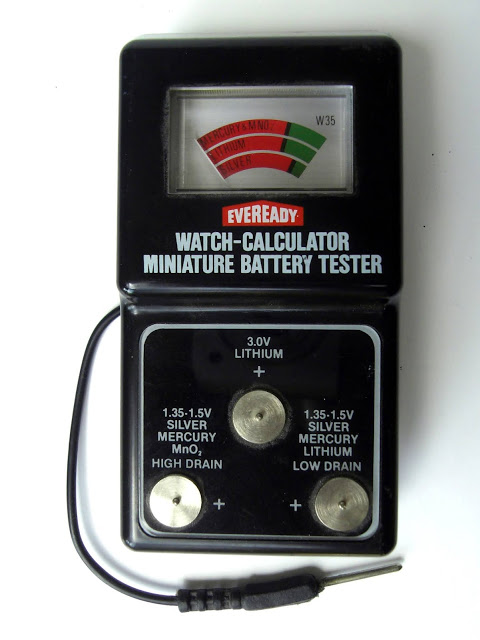 |
| Powering Up – The Importance Of Battery Testers |
Battery testers are used to ascertain the power remaining in
a battery before use. The advantage of
this is to prevent machinery failing on the job, causing downtime and loss of
production, as well as increasing safety.
Battery testers operate on a variety of parameters such as
voltage, terminal temperature and resistance.
In all maintenance servicing, a battery test is essential, and is an
important preventative maintenance measure.
Electrical machinery in manufacturing, safety equipment such
as fire systems and communication devices such as satellite phones and two way
radios, especially for use in remote locations, are all areas that need battery
testing performed on a regular basis. A battery tester such as the Flukebt521
for example, measures voltage, internal resistance, and strap resistance
identifying early battery failure or installation problems.
Digital
and electric battery testers allow an increased monitoring of battery
performance. They can check the battery
condition in seconds while it is in service and measure battery resistance,
voltage, current and temperature concurrently at the same time. Digital battery
testers will also store information and data via manual and auto data memory
offer a USB PC Interface for easy data transference.
Batteries Everywhere
Batteries have an increasing place in many industries
ranging from powering mobile applications such as electric bikes, cars, buses
and boats, and tools like drills, screwdrivers and chain saws to stationary
solutions that support the electricity grid and local energy systems. A whole
range of household power tools also operate by battery power.
Testing each battery before installation can save problems
when one battery fails but the others are running. Batteries can produce very different power
results even within the same pack, same manufacturer or batch – a battery user
cannot rely on each battery to produce the same amount of power. Using a battery testing device takes away the
guesswork and inherent risk of relying on a battery having power for essential
tasks.
Atmospheric Effects
Certain conditions can also affect a battery’s
performance and these characteristics
can be pre-established by use of a battery tester. Tests can determine the capacity at different
charging and discharging rates in different thermal conditions, internal
resistance or impedance at different life stages, the life cycle and robustness
of the battery and the heat generation during charging and discharging
processes.
Most electronic battery testers can provide an accurate
assessment of the battery condition and capacity even when a battery is
significantly discharged.
Digital/electronic battery testers are calibrated to
properly assess the different battery compositions that have been introduced in
the last decade.
New battery chemistries, such as AGM and Gel Cell types, are
becoming more popular with auto manufacturers while other newer types of
battery such as Spiral Wound batteries, are gaining in popularity in a wide
number of applications. Digital testers
are calibrated to test different battery types for more accurate assessment of
battery conditions.
An accurate and reliable battery tester is an indispensable
part of any maintenance program in the workplace and will perform the task of
ensuring a reliable power source for machinery, power, communication and
transport.
